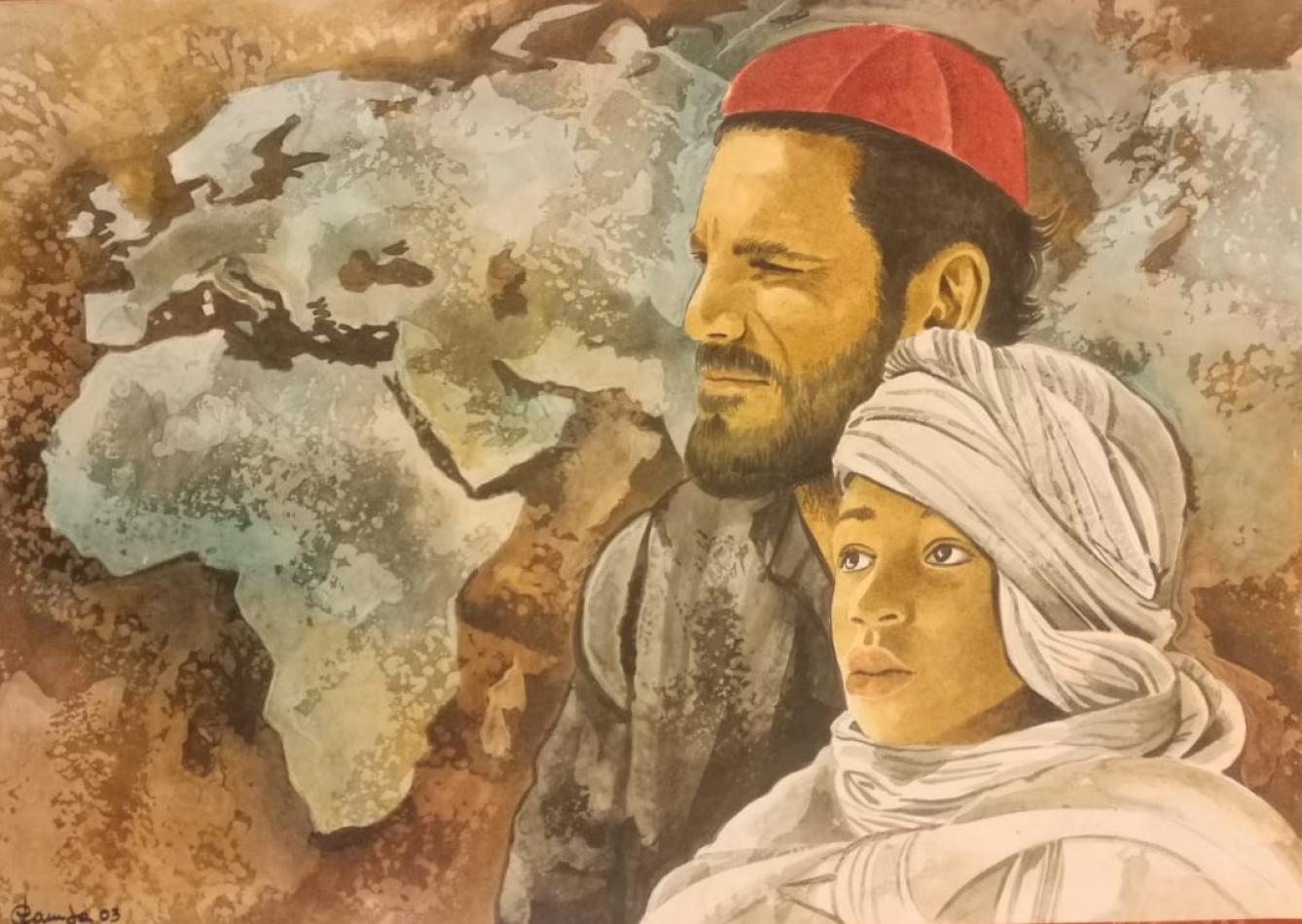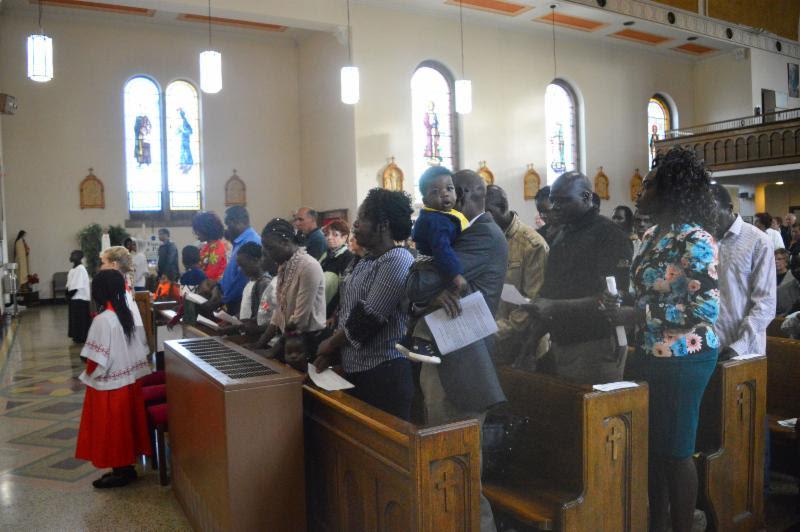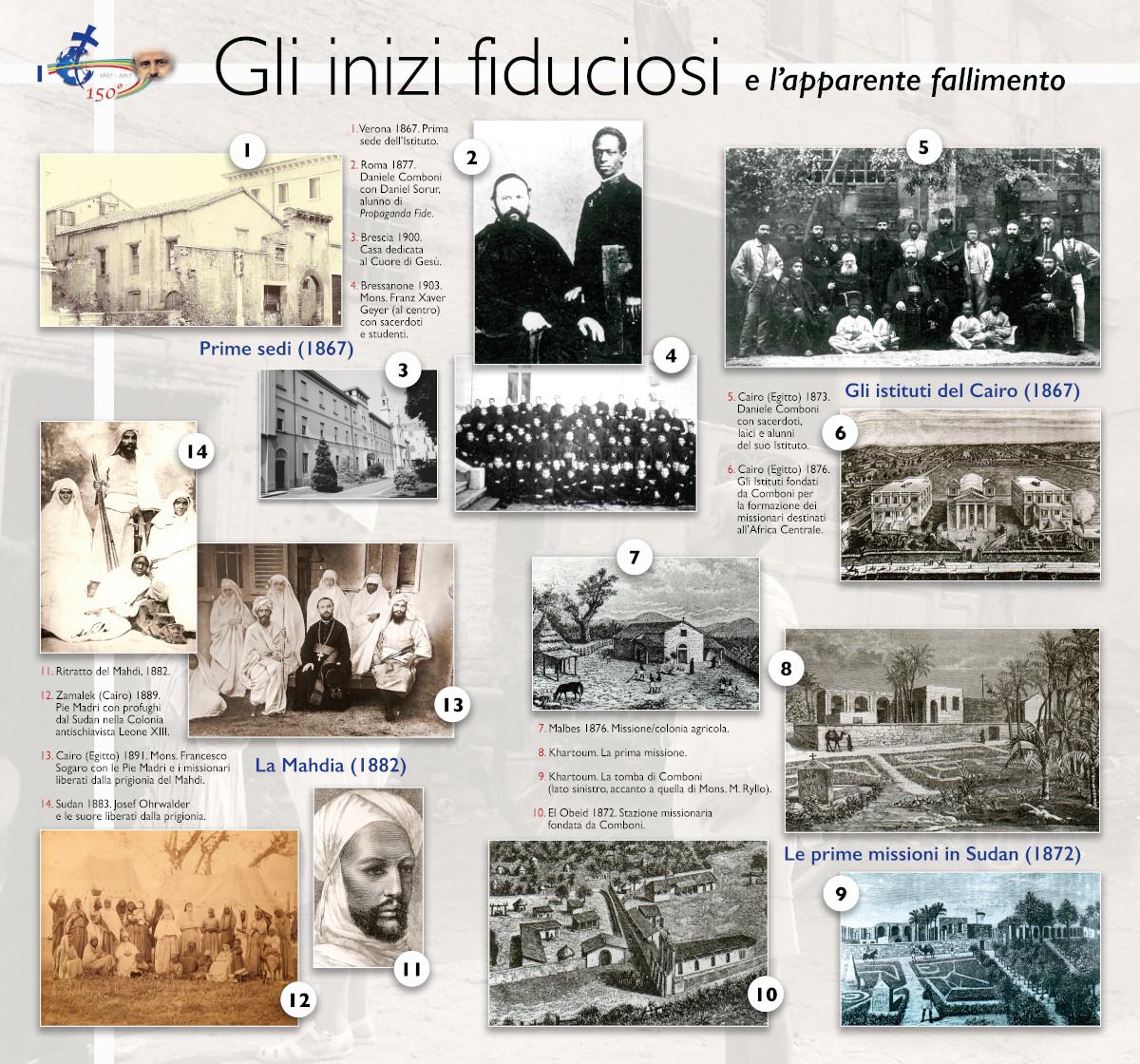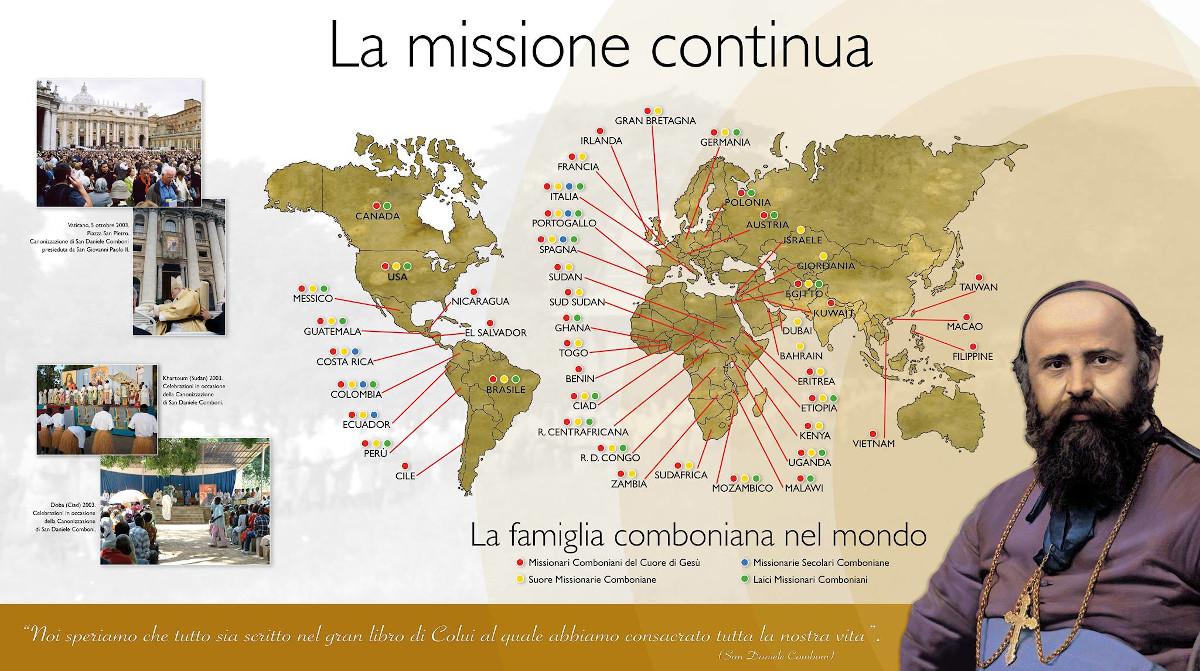Daniel Comboni
Comboni Missionaries
Institutional area
Other links
Newsletter
Monday 11 May 2020
The author of this reflection is Fr. Manuel Augusto Lopes Ferreira. “The reasons for the choice of the theme,” clarifies the missionary, former Superior General of the Comboni Missionaries from 1997 to 2003, are basically two: “the feeling that there are tensions that re-emerge at certain decisive moments in our history” and “the feeling that we are living at this beginning of the century, a turning point, with tensions that emerge and run the risk of eroding the life of the Institute. After having spoken of both “polarity” and “tensions” in the history of the Institute, from his point of view, Fr. Manuel Augusto concludes by making some brief proposals for concrete “attitudes and ways” to respond positively to these very tensions. [See attached the full text in Italian]
Polarities in the history of the Comboni Institute.
The tensions that run through our lives
Summary
Fr. Manuel Augusto Lopes Ferreira first of all clarifies the reason for the choice of the theme of this article, its starting point and the perspective that guides him in this reflection. There are two reasons for this choice: 1) reading the history of the Institute one has the feeling that there are tensions that re-emerge at certain decisive moments in our history; 2) the feeling that at the beginning of this century we are living a turning point, with tensions that emerge and risk to erode the life of the Institute if they are not resolved or integrated in a positive synthesis.
Fr. Manuel Augusto says that the starting point is also twofold: on the one hand, we begin by revisiting the history of the Institute, the moments in which tensions have emerged, to try to understand how they have been resolved; on the other hand, we start from the present, to understand the changes taking place, the tensions that emerge and require a response. The perspective is a transition from surprise at the presence of these tensions and the apparent inability to resolve them once and for all to the perception that the resolution of these tensions is done according to time and place: each Combonian generation must make its synthesis, resolve the tensions that arise or re-emerge on its journey.
Moreover, he continues, these tensions, or "polarities", are not necessarily negative and, if resolved, may constitute a dynamism of growth. Fr. Manuel Augusto then goes on to list, analysing and contextualizing these polarities. 1) Polarities at the level of missionary methodology, between evangelization (catechesis, proclamation, Christian life) and human promotion (social transformation), already present at the beginning of the Institute. The first response to this tension, he points out, we see it embodied in Daniele Comboni who lives this tension spontaneously and offers a synthesis in his personal action and in the way he organizes the mission: in Khartoum and El Obeid catechism is taught and there is the school for the offices. Subsequently, in their separate development paths, the Combonians FSCJ and MFSC have elaborated syntheses that have proved fruitful: in Khartoum, El Obeid and Wau (Sudan), in Gulu (northern Uganda), in Maria Trost and Glencowie (South Africa) there is the church, the catechumenate, there is a Christian community that comes together; there are the school or boarding school, the workshops for boys and girls, the hospital, the agricultural farm, etc.
At the General Chapter of 1969, the conciliar renewal with Vatican II rekindled the tension between evangelization and human promotion while the documents of the Church, Populorum Progressio, Evangelii Nuntiandi, Redemptoris Missio help to achieve a synthesis: human promotion becomes an integral part of evangelization.
Beginning in the 1980's, the ability of the Comboni missionaries to work in institutions diminished, large institutions for social transformation were discarded and the search for new syntheses began, based on small projects and the work of awareness and immediate response to people's problems. The struggle for human rights, justice and peace, etc., are now undertaken. Thus we arrive at the beginning of the 21st century, with migrations and the defence of creation becoming dimensions of mission/evangelization. The ecclesial Magisterium once again comes to the aid of the missionaries with Evangelii Gaudium and Laudato Si' to find a synthesis but in the meantime the Comboni missionaries seem to have lost the ability to hold together all the dimensions of the mission and tend to focus on one dimension, forgetting and minimizing the others. All this naturally has consequences both on the candidates for missionary life and on the missionaries themselves.
The other polarities are 2) on the level of the internal life of the Institute, between religious life and apostolic life; 3) on the level of the ministries of the members of the Institute, between ordained ministries (priests) and non-ordained ministries (brothers, laity); 4) between the charism of the individual and the Institute; 5) on the level of gender, between men and women (between the members of the two Comboni institutes) in the mission.
In conclusion, Fr. Manuel Augusto asks how to react to these tensions. One can ignore them or recognize them, or think that they will resolve themselves; or one could fall into the temptation to eliminate one of the canters of tension. Finally, there is the attitude that contains a promise of fruitfulness, of future: seeking the integration of the opposite poles and transforming tension into creative energy, with new proposals that will focus people's energies and tendencies.













